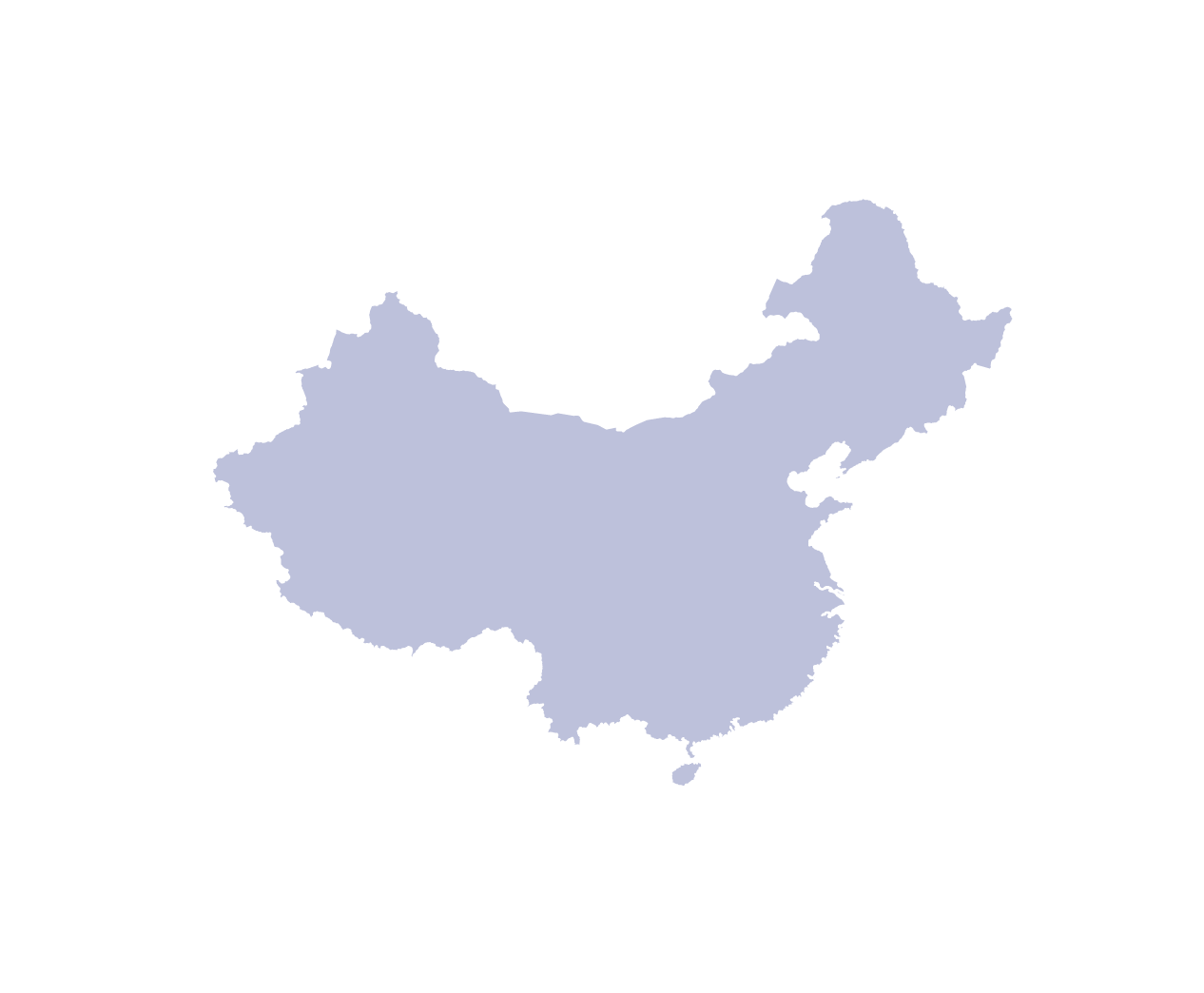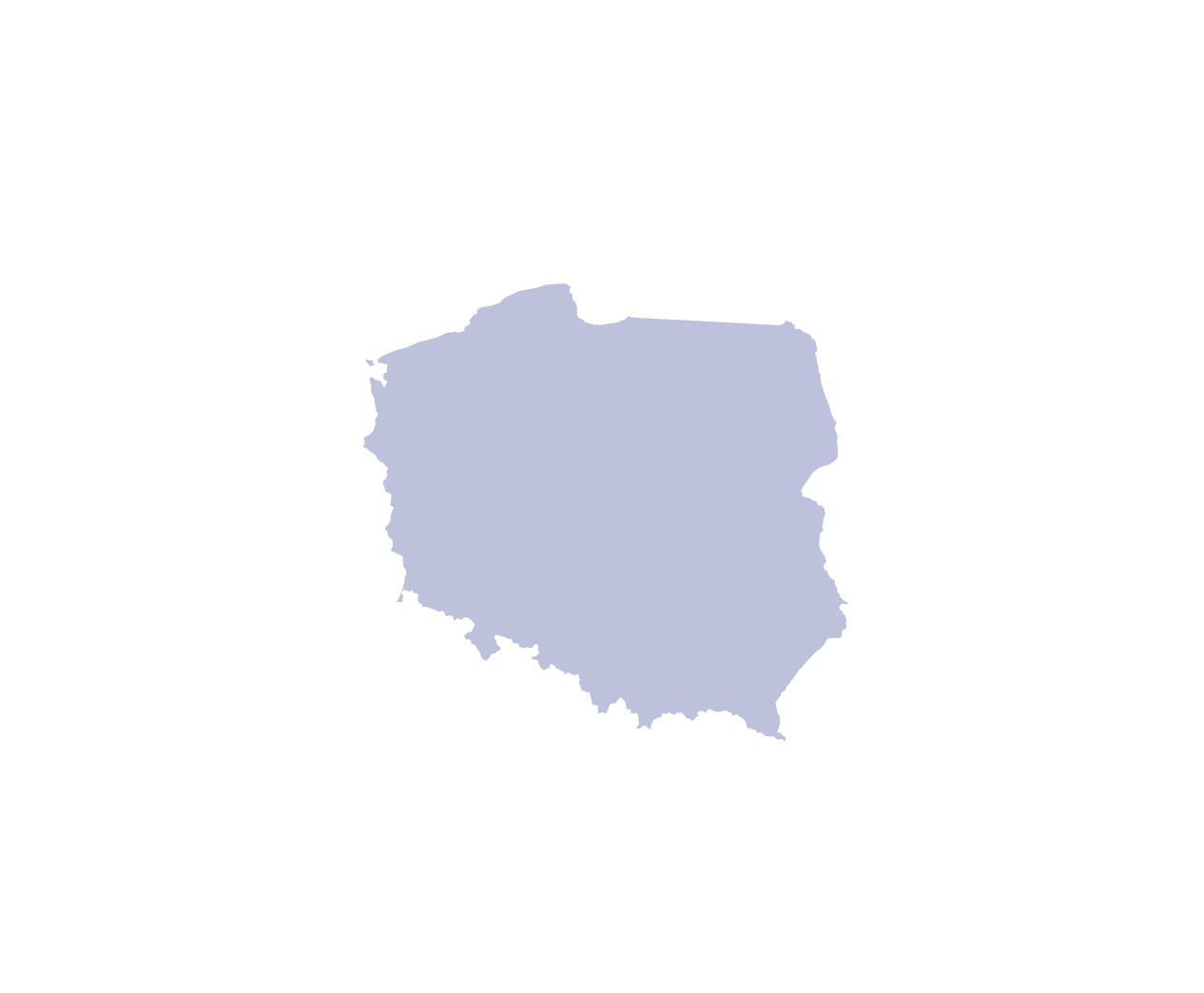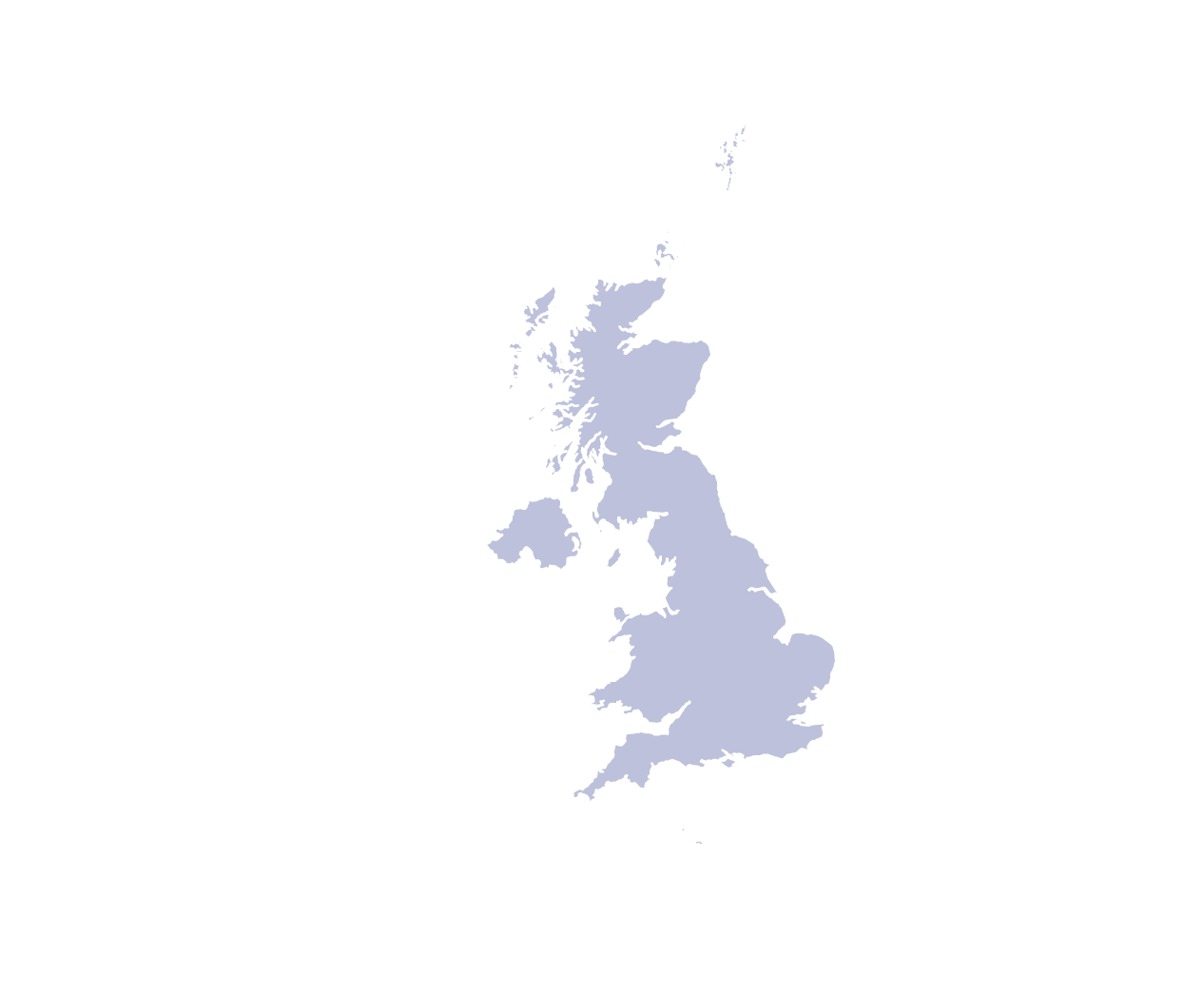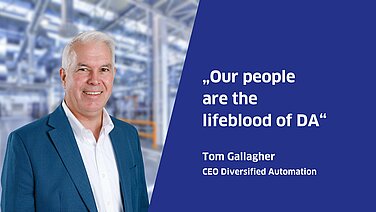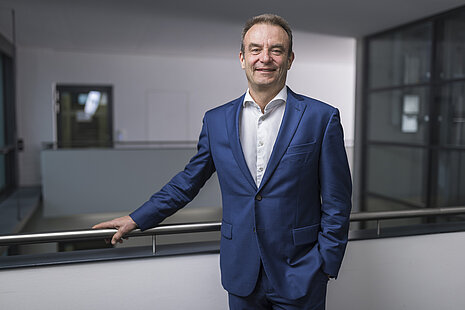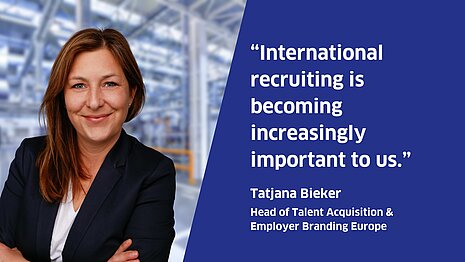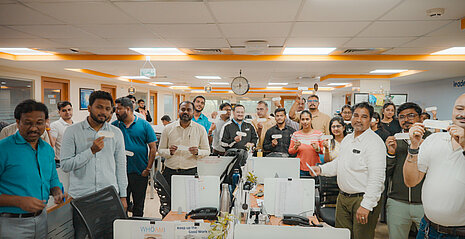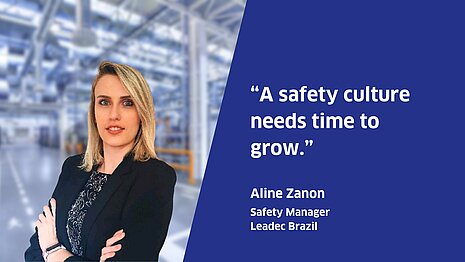“Our People are the Lifeblood of Diversified Automation”
Tom, looking back on Diversified Automation’s journey—what do you see as the key milestones along the way?
During my first time at DA, from 2007 to 2009 we operated from a single location in Louisville, Kentucky. When I returned in 2022, the picture had completely changed: DA had opened four satellite offices across the country! That allowed us to get closer to our customers and attract more talent. It really accelerated our business and was definitely a major step forward.
Another big milestone was the acquisition by Leadec. Leadec is very committed and supports us without controlling us - this balance is extremely valuable.
And of course, our company values play a crucial role in our success. “Take it personal,” “Be open minded,” “Make it better,” “Collaborate,” and “Customer focus”—these values are visible in everything we do. They come to life through initiatives like our “Core Champion Award” and the “Raving Fans” program; these programs recognize when our staff’s actions display real-life examples of our core values.
Automation is a highly dynamic field. Where do you currently see the greatest growth opportunities—both in the U.S. and internationally?
Automation is an incredibly diverse space, with applications across a wide range of industries. The pandemic acted as a real catalyst: e-commerce surged, delivery times shortened, and labor shortages became a challenge—all of which highlighted the benefits of automation.
But automation is not simply an exercise to replace people—it’s about making processes more efficient. For instance, a well-designed automation system can allow a customer to move significantly more goods through the same amount of space in a factory, without having to build new facilities.
We see two main customer types: On one side, there are large, international players in ecommerce and parcel shipping who have long embraced automation and are now focused on optimization. On the other side, we work with smaller industrial and consumer goods companies, who are just beginning their automation journey. Our goal is to support this second group as well—through education, consultation, and tailored solutions. There's huge potential here.
How do you meet your customers’ expectations?
For our large, institutional customers we focus on maintaining a high-level of understanding of their design standards and operational methodologies so that we can provide cost-competitive solutions, often coupled with customer expectation for systems to be implemented on aggressive (compressed) schedules. For our other, less experienced commercial customers we collaborate with mechanical integration partners and together we try to develop comprehensive solutions that can be implemented in increments. We like to start with simple, easy-to-integrate entry-level solutions—like a small inventory management system or autonomous mobile robots that can be implemented without major changes to the factory layout. Everything should be easy to deploy. That’s why our teams spend a lot of time on-site for these types of customers, to analyze processes and develop customized solutions.
What matters to us is a step-by-step approach with a long-term plan, not just short-term projects. Together with the customer, we build multi-year roadmaps. Maintenance—handled by Leadec—is often included as a supplemental offering in the package. This is an area where we see strong growth potential in the next three to five years.
What role do innovations like Artificial Intelligence or the Internet of Things play in your strategy?
We carefully evaluate which technologies actually make sense. We've been using a variation of non-generative AI / machine learning for over ten years in some of our work. For example, in some of our customer’s automation systems, the control system can include “flow control logic,” which works similarly to intelligent traffic light systems that you might encounter while driving through a city. Flow control logic keeps material flowing smoothly through the system under varying amounts of volume or ‘traffic’. Machine learning algorithms can further optimize the flow of goods on conveyor belts by assessing the results of particular flow control settings, and then automatically making fine-tuning adjustments to the logic.
Simulation is also a big factor. Today, for example, we can accurately model the movements of a proposed autonomous robots deployment to fine-tune the design before we begin to execute the project. We’re also active in industry associations to stay connected with other companies and stay up to date on emerging technologies.
Behind every smart technology are smart people. How do you support team culture, development, and employee retention at DA?
Our people are the backbone of our company. The competition for talent is intense, so we put a lot of emphasis on appreciation—through programs like “Raving Fans” and the “Core Champion Award.” Every year, we honor employees for outstanding contributions—nominations come directly from their colleagues as well as from our partners and end-user customers. It’s a real highlight every time!
Even during the hiring process, we don't just look at technical qualifications. We also evaluate cultural fit through “Cultural Panel Interviews,” where we assess whether someone truly aligns with our values and fits into the team—even if that means passing on a technically excellent candidate. And it pays off: our turnover is low, and many of our employees have been with us for five to fifteen years.
You may also be interested in the following articles:
Are you interested in our services?
Please send us your request. We would be happy to hear from you.
*mandatory

